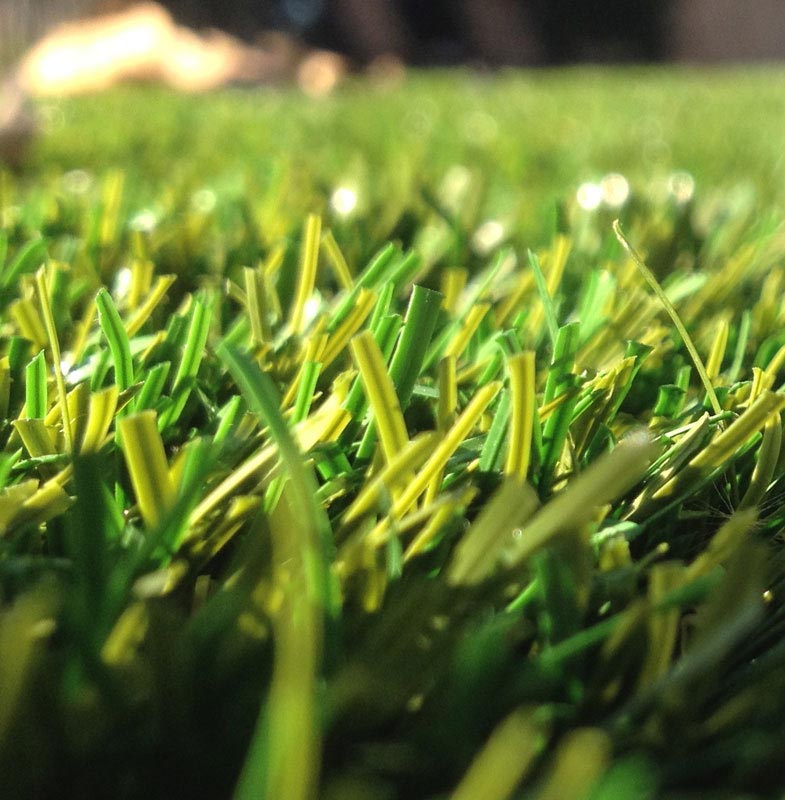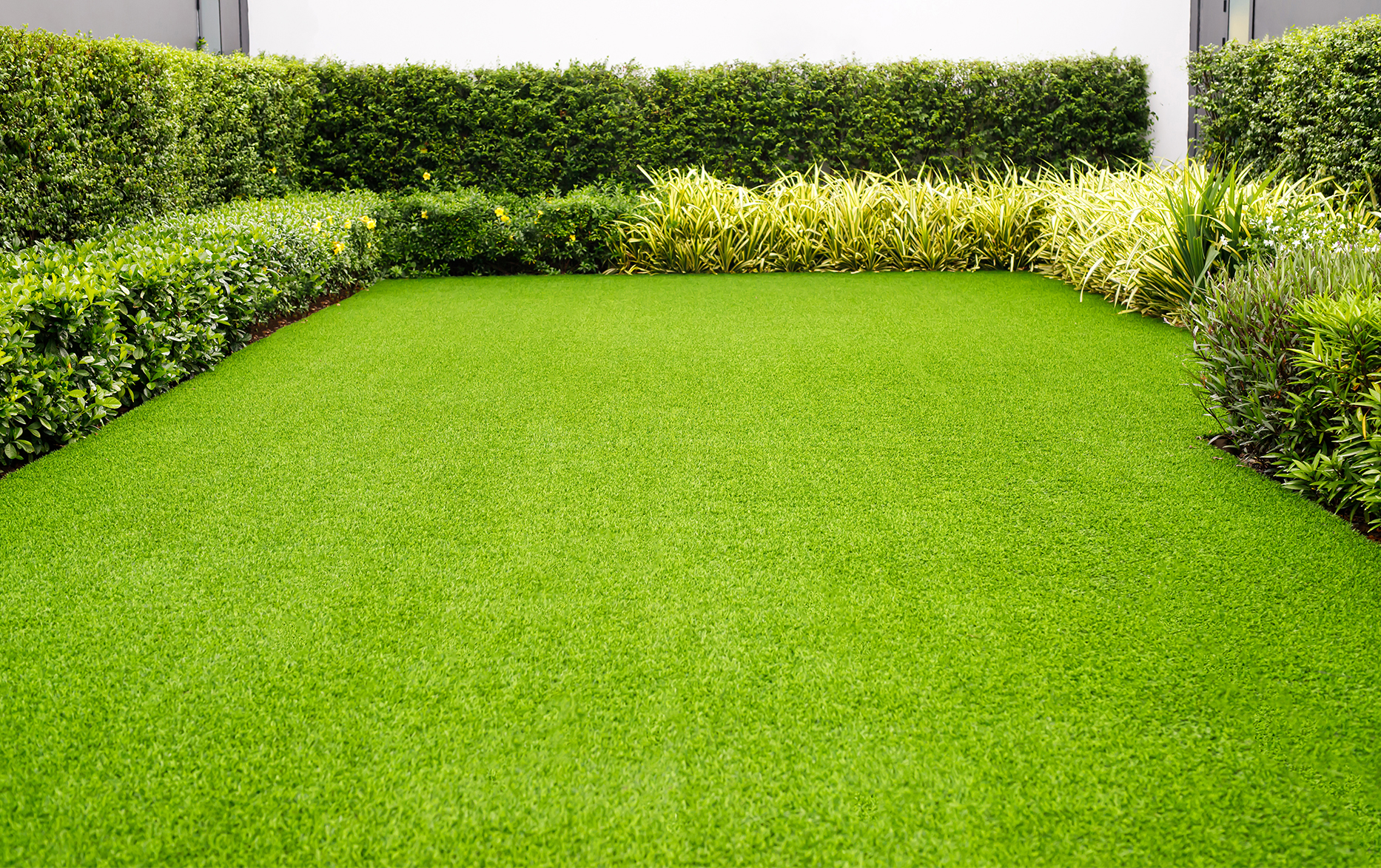Delve Into the Environmental Benefits of Opting for Synthetic Grass Solutions
The adoption of synthetic grass options provides a compelling chance to attend to pressing ecological difficulties. By substantially lowering water usage and lessening the application of unsafe chemicals, these options not just promote sustainable landscape design but likewise protect local communities. The lower carbon impact connected with lowered maintenance activities adds to a more sustainable method to land management. Nonetheless, the implications of these benefits extend beyond plain preservation efforts, questioning regarding their long-lasting effect on habitat conservation and general eco-friendly equilibrium. Exploring these measurements exposes an intricate interplay worth taking into consideration.
Water Conservation Advantages
One of the most significant benefits of fabricated lawn is its ability to save water. In contrast, synthetic grass does not need watering, substantially decreasing the overall demand for water resources.
By eliminating the need for normal watering, artificial turf adds to lasting landscape practices and aids mitigate the ecological influence of excessive water usage. The preservation of water prolongs to the reduction of drainage, which can lead to dirt disintegration and waterway contamination.
Furthermore, the installation of synthetic grass allows homeowners and districts to designate water resources extra efficiently, concentrating on necessary uses such as alcohol consumption water and farming. The change towards synthetic grass not only advertises responsible water usage yet also aligns with more comprehensive environmental objectives aimed at maintaining natural sources.
As areas increasingly prioritize sustainability, the water conservation advantages of synthetic grass offer an engaging case for its adoption in commercial and domestic landscaping tasks.
Decreased Chemical Use
The transition to synthetic grass significantly decreases the dependence on chemical treatments commonly made use of in natural yard upkeep. Standard turf administration normally includes the application of fertilizers, chemicals, and herbicides to promote growth and control pests. These chemicals can present dangers to human health, regional wildlife, and the environment, adding to soil and water contamination.
In comparison, artificial grass eliminates the need for these harmful compounds. By decreasing the release of synthetic substances right into the ecological community, man-made turf promotes healthier dirt and water systems.
Additionally, the absence of chemical overflow connected with synthetic grass installations aids safeguard neighborhood waterways from air pollution, sustaining water life and keeping biodiversity. Artificial turf companies phoenix. As areas progressively focus on lasting practices, choosing man-made grass presents a sensible solution that straightens with ecological conservation objectives. Via this change, building proprietors can appreciate rich eco-friendly spaces without compromising environmental wellness, paving the way for an extra sustainable future
Lower Carbon Impact

In addition, the setup of synthetic grass can cause considerable water preservation. Natural grass call for considerable quantities of water for irrigation, which not only contributes to the carbon footprint connected with water removal and therapy but likewise strains neighborhood water sources. In comparison, synthetic grass requires minimal maintenance, calling for no watering, consequently considerably lowering water use and its linked energy expenses.
Additionally, the long life of synthetic grass contributes to its reduced carbon impact. With a life expectancy of approximately 15 years or more, the requirement for constant replacements is decreased, causing much less waste and lower power usage in production and taking care of standard turf alternatives. Generally, man-made turf presents a lasting alternative for ecologically conscious landscaping.
Habitat Conservation
Habitat conservation is an essential consideration in the dispute over landscaping options, specifically when contrasting artificial lawn to natural yard. All-natural lawn yards often require comprehensive maintenance, including the use of herbicides, chemicals, and fertilizers, which can adversely affect regional environments. These chemicals can leach right into the dirt and waterways, More about the author harming native flora and animals and interfering with neighborhood habitats.
In contrast, synthetic grass provides a possibility to decrease the eco-friendly footprint of landscape design. By choosing artificial turf, homeowners can minimize the disruption of all-natural environments connected with typical grass treatment practices. Fabricated grass eliminates the need for damaging chemicals, thereby shielding close-by wildlife and keeping the honesty of bordering communities. Additionally, the installment of fabricated grass can result in the conversion of previous yard locations right into even more biodiverse landscapes, such as pollinator yards or native plant areas, which can sustain local wild animals.
Inevitably, the transition to synthetic grass not only preserves water and decreases upkeep efforts but also promotes a more unified partnership between human tasks and the native environment, advertising environment preservation at the same time.
Long-Term Sustainability
Long-term sustainability is a crucial factor in assessing the advantages of synthetic grass over traditional grass lawns. One of one of the most considerable advantages of man-made turf is its durability; it can last as much as 15-20 years with marginal maintenance, whereas natural turf calls for constant reseeding and replacement. This long life minimizes the demand for constant resources, such as water, plant foods, and pesticides, which are necessary for keeping a healthy yard yard.
Furthermore, fabricated grass adds to a decrease in carbon my link emissions related to lawn treatment devices. Typical grass frequently call for gas-powered lawn mowers, leaners, and blowers, every one of which contribute to air contamination. Phoenix turf companies. In comparison, synthetic grass removes the need for such tools, advertising a cleaner setting
Additionally, the production of synthetic grass increasingly uses recycled products, enhancing its sustainability account. As makers adopt environment-friendly techniques, the environmental impact of fabricated lawn continues to decrease.

Conclusion
The fostering of synthetic turf solutions provides considerable ecological benefits, including significant water conservation, reduced dependence on damaging chemicals, and a lower carbon footprint. Man-made turf help in preserving all-natural habitats by reducing land disruption and advertising long-term sustainability through the usage of durable products. Jointly, these elements underscore the capacity of synthetic grass to add positively to ecological health and wellness and use a feasible choice to conventional landscape design practices in a significantly resource-conscious world.
In contrast, fabricated turf does not require watering, dramatically reducing the overall demand for water sources. By reducing the release of synthetic compounds into the ecological community, fabricated lawn promotes healthier soil and water systems.
Additionally, the installation of artificial turf can result in substantial water Recommended Reading conservation. In contrast, fabricated turf needs very little maintenance, needing no watering, therefore considerably reducing water usage and its linked energy costs.
